Learn the history, baking methods, flavor variations, and best uses of brioche in this comprehensive guide to elevate every meal.
Introduction
Brioche is a beloved bread known for its soft, pillowy interior and golden crust. It hails from France, yet it has captured hearts worldwide. Because it is enriched with eggs and butter, it has a delicate, slightly sweet flavor that sets it apart from ordinary loaves. Consequently, it transforms simple meals into delightful feasts.
PrintEasy Step-by-Step Brioche Loaf Recipe for Perfect Breakfast Bread
This easy homemade brioche is delightfully light, fluffy, and full of buttery richness. Perfect for both sweet and savory dishes, it’s a versatile loaf sure to enhance any meal or occasion.
- Total Time: 2 hours 55 minutes
- Yield: 1 large loaf (about 8–10 slices) 1x
Ingredients
- 4 cups (500 g) bread flour
- 1/4 cup (50 g) granulated sugar
- 1 1/2 teaspoons salt
- 2 1/4 teaspoons (1 packet) active dry yeast
- 4 large eggs, at room temperature
- 1/2 cup (113 g) unsalted butter, softened
- 1/2 cup (120 ml) warm milk (about 110°F / 43°C)
- 1 egg yolk (for egg wash)
- 1 tablespoon milk (for egg wash)
Instructions
- Activate the yeast: In a small bowl, combine the warm milk, yeast, and a pinch of the sugar. Stir gently and let it sit for about 5 minutes, until it becomes frothy.
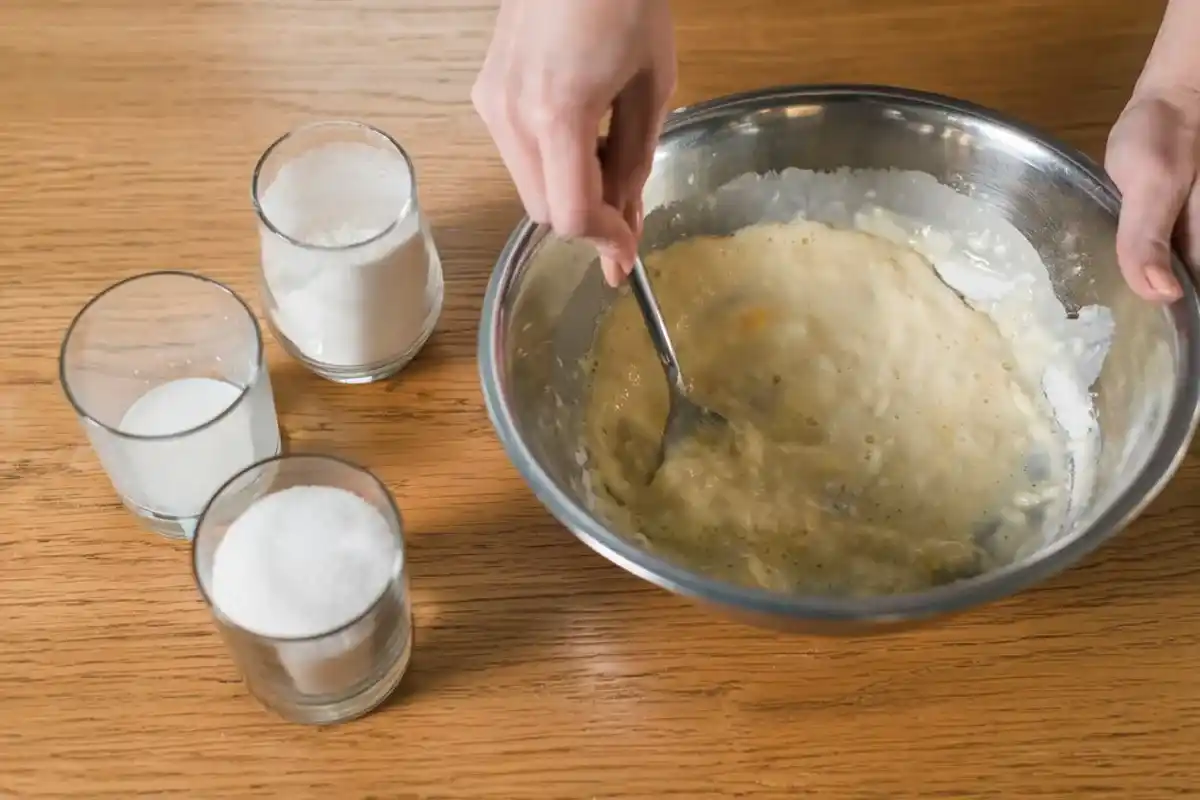
- Combine dry ingredients: In the bowl of a stand mixer (or a large mixing bowl), whisk together the bread flour, remaining sugar, and salt.
- Mix in eggs: Add the frothy yeast mixture and the 4 eggs to the dry ingredients. Using a dough hook (or by hand), begin mixing on low speed until a shaggy dough forms.
- Incorporate butter: Gradually add the softened butter in small pieces while continuing to mix on medium-low speed. Knead until the dough is smooth and elastic, about 8–10 minutes.
- First rise: Form the dough into a ball and place it in a greased bowl. Cover with plastic wrap or a clean towel and let it rise in a warm spot for 1 to 2 hours, or until doubled in size.
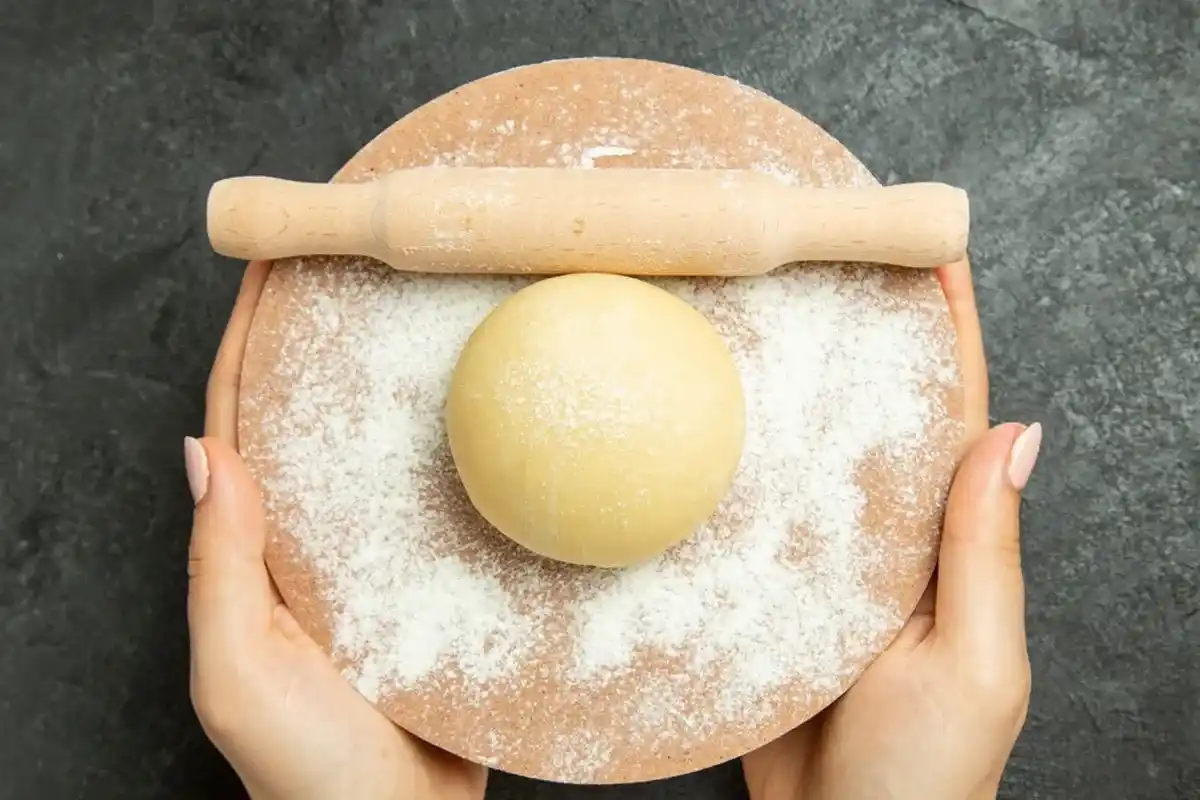
- Shape: Gently punch down the dough and transfer it to a floured surface. Shape it into a loaf or divide into rolls as desired. Place in a loaf pan or on a baking sheet lined with parchment paper.

- Second rise: Cover again and let the dough rise for 45–60 minutes, or until almost doubled in size. Preheat the oven to 375°F (190°C).
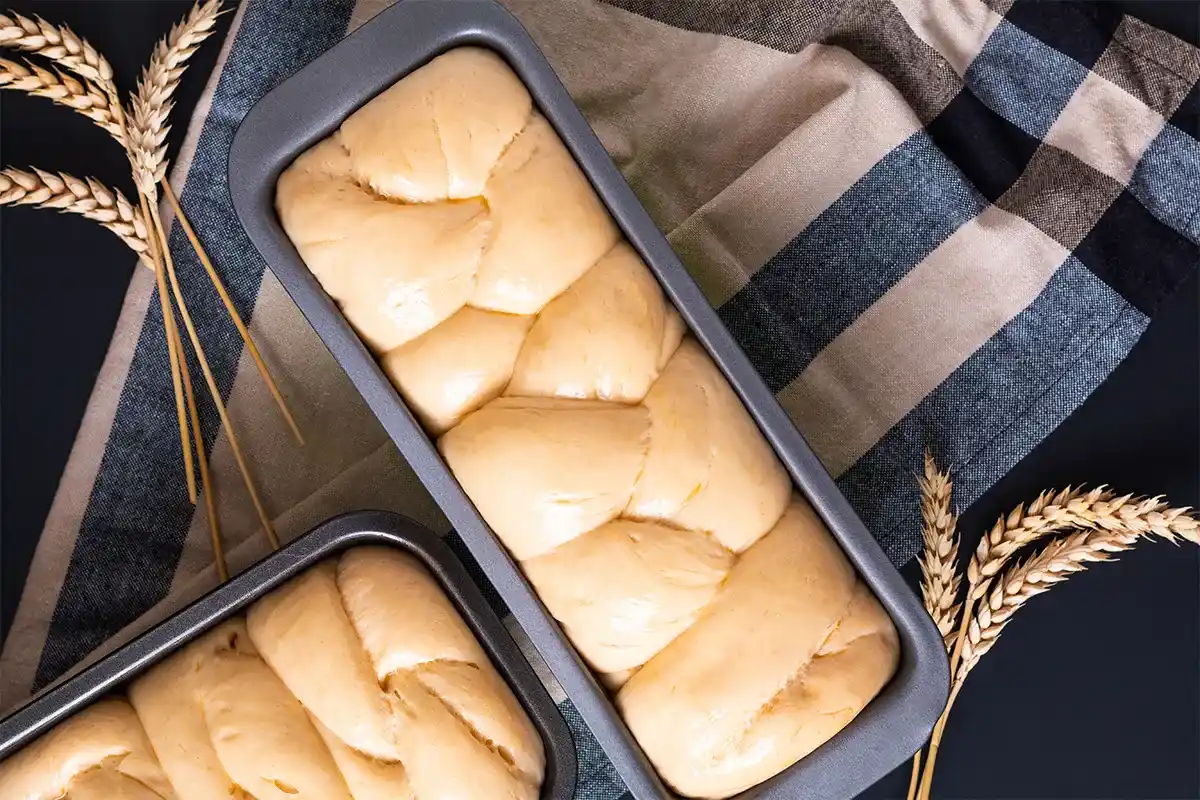
- Egg wash & bake: Whisk the egg yolk with 1 tablespoon of milk. Gently brush this mixture over the dough’s surface. Bake in the preheated oven for 25–30 minutes, or until the brioche is golden brown and sounds hollow when tapped.
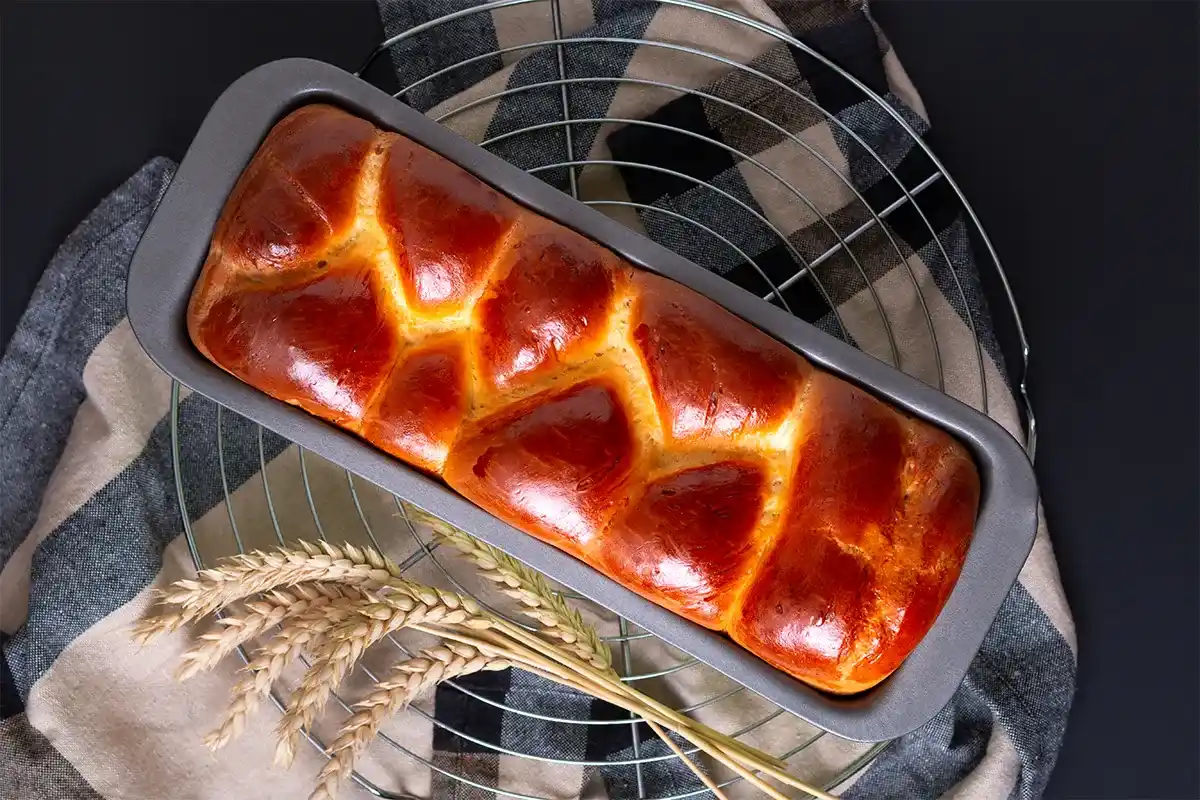
- Cool & serve: Allow the brioche to cool slightly before slicing and serving.
Notes
- Variations: Add chocolate chips, dried fruits, or savory herbs and cheese to create unique flavors.
- Tips: If the crust darkens too quickly, loosely tent the brioche with foil. For best results, ensure eggs and butter are at room temperature.
- Allergies/Intolerances: Contains dairy, eggs, and gluten. Use dairy-free butter and plant-based milk if necessary, but results may vary.
- Taste Adjustments: Increase or decrease sugar based on your preference for sweetness. A splash of vanilla extract can add extra aroma.
- Prep Time: 25 minutes (plus 2 hours rising time)
- Cook Time: 30 minutes
- Category: Breakfast
- Method: Baking
- Cuisine: French
Nutrition
- Serving Size: 1/10 of recipe
- Calories: 230 kcal
- Sugar: 5 g
- Sodium: 250 mg
- Fat: 11g
- Saturated Fat: 6g
- Unsaturated Fat: 4g
- Carbohydrates: 26 g
- Fiber: 1g
- Protein: 6g
- Cholesterol: 85g
Keywords: brioche, french bread, enriched dough, homemade bread, buttery loaf
Classic Brioche Preparation
When it comes to baking, requires a patient approach. Because it uses a yeast-based dough enriched with butter and eggs, the process differs from standard bread recipes. You must first mix the yeast, flour, sugar, and salt to form the base. Next, you gradually incorporate eggs and softened butter, ensuring everything blends smoothly. This technique yields a rich, elastic dough.
Kneading is critical. You need to work the dough until it becomes glossy and elastic. However, be mindful not to overdo it. Generally, the process can take longer than kneading ordinary bread dough because of the increased fat content. Comparatively, this extra butter can make the dough sticky. Thus, many bakers rely on stand mixers to simplify the task.
After kneading, let the dough rest and rise. The first rise can take a couple of hours, depending on room temperature. Eventually, the dough should double in size. Then, punch it down gently to release excess air. Afterward, some bakers allow a second rise in the refrigerator. This step helps the flavors develop more fully and makes the dough easier to shape.
Choosing the Right Flour for Brioche
Using the right flour is vital for perfect Result. Many experts recommend bread flour because it has a higher protein content than all-purpose flour. Consequently, the final loaf develops better gluten structure. This translates into a soft, yet resilient crumb.
However, some homebakers prefer a blend of bread flour and all-purpose flour. They claim it gives a more tender texture. Equally, you might experiment with small adjustments to find your sweet spot. Furthermore, always sift your flour before mixing. This practice removes lumps and aerates the flour, helping the dough rise more efficiently.
Finally, test your dough’s texture midway. If it seems too wet, add a touch of flour. Conversely, if it seems dry, sprinkle a small amount of water. Because each batch of flour differs in moisture absorption, flexibility is essential. Eventually, you will develop a feel for the perfect brioche dough consistency.
Crafting a Perfect Brioche Crust
Many bakers adore brioche for its glossy, golden crust. Chiefly, this sheen comes from brushing the dough with an egg wash before baking. Combine one egg yolk with a tablespoon of milk, then carefully paint the dough. Doing so not only gives brioche its signature appearance but also locks in moisture.
Oven temperature likewise plays a key role. Typically, you should bake at around 375°F (190°C). However, always adjust the time or temperature based on your oven’s quirks. Keep a close eye on the crust. If it becomes too brown, tent it with foil to prevent scorching. Eventually, a perfectly baked loaf will have an internal temperature of about 190°F (88°C). Let it rest briefly before slicing, ensuring the steam distributes evenly inside the crumb.
All in all, the classic preparation of brioche demands time and care, but the outcome is undeniably worth it. The fragrance of fresh brioche straight from the oven can turn an ordinary day into a festive occasion. Indeed, once you master the basics, you will see why brioche remains a top choice for special gatherings and daily breakfasts alike.
Celebrating Brioche in Modern Cuisine
Over time, brioche has transcended its historical roots and entered modern culinary culture. Chefs worldwide rely on its soft crumb and rich flavor to craft innovative dishes. Particularly, brunch menus often feature brioche French toast. Moreover, upscale restaurants use brioche buns for gourmet burgers. These buns stand out because they bring a sweet, delicate balance to savory ingredients.
From spiced pumpkin fillings to tangy fruit jam, the creative possibilities seem endless. Meanwhile, home cooks often experiment with leftover brioche, transforming it into bread puddings or savory strata. Consequently, this adaptability suits busy lifestyles without sacrificing taste.
In certain regions, brioche serves as a festive bread during holidays. For instance, in some European countries, families shape it into braided loaves or decorative buns to celebrate special occasions. Eventually, these cultural practices have spread, with adventurous bakers around the world mimicking the techniques. Indeed, social media platforms frequently display mouthwatering images of these creative twists.
Notably, some bakeries sell miniature brioche bites filled with sweet cream or custard. These small treats make wonderful afternoon snacks or party desserts. Because brioche dough is so versatile, confectioners can infuse it with any number of flavors—ranging from chocolate chips to savory herbs.
Common Brioche Flavor Variations
Although plain brioche shines on its own, flavor variations keep the experience fresh. Brioche with chocolate chips is a popular sweet option. Its mild sweetness complements the rich chocolate. Comparatively, cinnamon swirl brioche tantalizes with a warm spice profile that makes it perfect for breakfast. Meanwhile, savory variations might feature shredded cheese, caramelized onions, or fresh herbs. Especially in gourmet burger shops, you might encounter onion-infused brioche buns.
Some bakers use fruit zest or vanilla extract for a subtle twist. Additionally, sprinkling coarse sugar or chopped nuts on top adds crunch. The enriched dough’s adaptability invites creative experimentation. Consequently, your flair can transform brioche into a signature dish for gatherings.
Modern cuisine appreciates this bread because it marries tradition with innovation. It is both nostalgic and forward-thinking. Indeed, when you serve brioche in new ways, you preserve centuries-old baking methods while pushing flavor boundaries. That intersection of heritage and novelty lies at the heart of Brioche’s modern appeal.
Serving Suggestions and Pairings
Because of its gentle sweetness, brioche pairs exceptionally well with a wide variety of ingredients. Initially, consider simple breakfast combinations. A warm slice with a bit of jam or butter can be heavenly. Eventually, you can upgrade to more elaborate morning treats like brioche French toast. Especially when topped with fresh berries or a drizzle of maple syrup, this dish transforms brunch into a special occasion.
For savory meals, brioche buns are a game-changer. Particularly for burgers or grilled chicken sandwiches, the soft crumb encases the fillings without overwhelming them. Additionally, many people serve it alongside soups and stews to soak up the flavorful broth. Indeed, it also pairs well with cheese boards, providing a softer alternative to crackers.
If you want a classic French approach, consider enjoying brioche alongside pâté or cured meats. The bread’s buttery taste complements the savory richness of these dishes. Comparatively, it also works wonders with creamy spreads like brie or camembert. Accordingly, you can add fresh fruits like grapes or figs for a balanced flavor profile.
When it comes to desserts, brioche bread pudding stands out. Essentially, it soaks up custard and bakes into a velvety texture. Similarly, brioche can serve as a foundation for fruit tarts or even trifles, layering sweetness in every bite. Meanwhile, adventurous bakers might use toasted brioche cubes to add a gourmet twist to trifles or parfaits.
In short, complements sweet and savory elements. Because it has a neutral sweetness and tender crumb, it allows bold flavors to shine. Whether you prefer a simple breakfast or an elaborate dinner spread, brioche can elevate your menu. Undoubtedly, this versatility makes it a must-try staple in any kitchen.
Storage and Freshness
Brioche typically remains soft and delicious for a couple of days at room temperature. Store it in a sealed plastic bag or airtight container to prevent it from drying out. Nevertheless, because the bread contains butter and eggs, it can spoil faster in warm conditions. Therefore, keep it away from direct sunlight or heat.
If you do not plan to consume the loaf within two days, freezing is an excellent option. Slice the brioche beforehand and place the slices in freezer-safe bags. This way, you can thaw individual slices as needed, reducing waste. Afterward, reheat it in the oven or toaster for a fresh-from-the-bakery taste. Indeed, this approach works best for busy households.
Leftover dough can also be frozen. Roll the dough into a ball, then wrap it tightly in plastic wrap and place it in a freezer bag. When you are ready to bake, let it thaw in the refrigerator, shape it, and allow a final rise before baking. In many cases, the dough still produces a wonderfully soft loaf.
Avoid refrigerating brioche unless the weather is extremely hot. The refrigerator can cause the crumb to go stale faster. Consequently, freezing is usually a better way to extend its shelf life. While it is a treat to have fresh brioche daily, these storage methods help you enjoy it for longer.
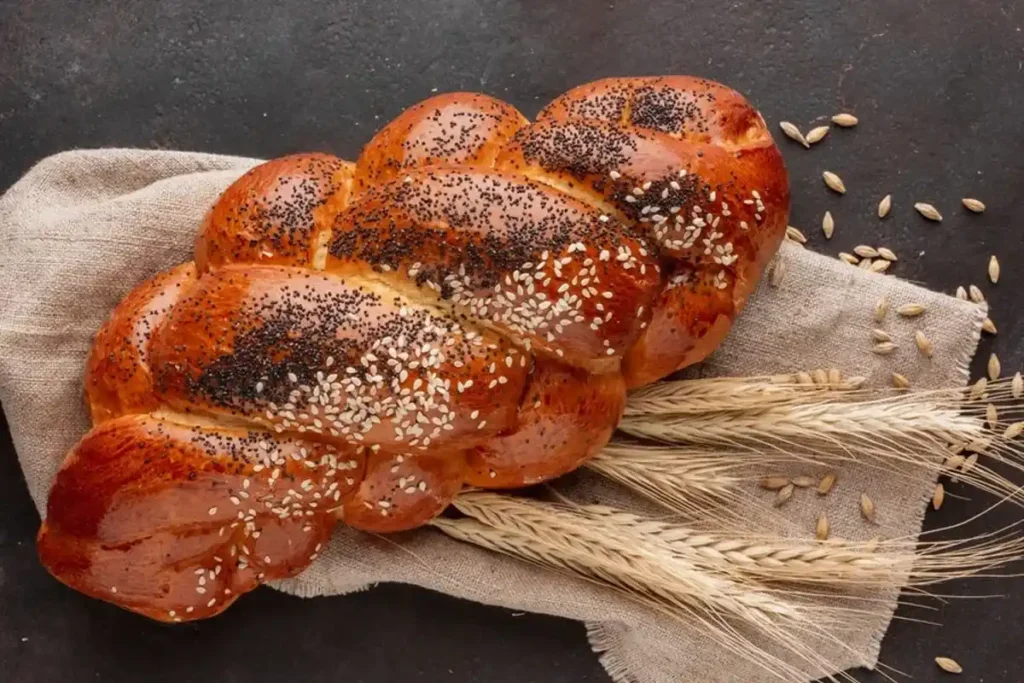
Frequently Asked Questions
What does the French word brioche mean?
The French word brioche likely comes from an old Norman verb meaning “to knead.” Over time, it evolved into a term for an enriched bread that includes butter and eggs. Accordingly, its luxurious nature became synonymous with indulgence in French baking.
What is the difference between a brioche bun and a regular bun?
A brioche bun is richer because it contains eggs and butter. Conversely, a regular bun might not include these ingredients. This distinction gives brioche a tender crumb and slightly sweet flavor, while standard buns can be denser and less flavorful.
Why are brioche buns so expensive?
Brioche buns often cost more because of the premium ingredients, chiefly butter and eggs. Additionally, the dough requires more time and labor to knead and proof. Consequently, these factors raise production costs, resulting in higher retail prices.
Is a brioche bun like a croissant?
A brioche bun is not exactly like a croissant. While both are buttery, croissants use layers of butter folded into the dough, giving them a flaky texture. Brioche dough is enriched but not laminated, resulting in a soft crumb rather than flaky layers.
Do Italians call croissants brioche?
In some parts of Italy, people often refer to certain pastries, including croissants, as “brioche.” However, this usage can vary by region. Nevertheless, traditional brioche differs from a classic French croissant in texture and preparation methods.
Are you meant to toast brioche buns?
Many people enjoy toasting brioche buns, especially when using them for burgers or sandwiches. Toasting adds crispness and depth of flavor. Still, brioche buns are soft and delicious even without toasting.
What are the square croissants called?
Square croissants are sometimes referred to as “cube croissants” or “cubic croissants.” They are a modern twist on the traditional shape, retaining the same flaky layers but presenting a unique, square form. They are not typically called brioche.
What is a cross between a doughnut and a croissant called?
A cross between a doughnut and a croissant is generally called a “cronut.” It was popularized in New York City. It merges the layered, buttery aspects of a croissant with the sweetness and frying method of a doughnut.
What do the French call a croissant?
In France, people simply call it a “croissant.” Indeed, it is a quintessential French pastry known for its flaky, buttery layers. The shape is traditionally crescent-like, though variations exist.
What is a spiral croissant called?
A spiral croissant is often referred to as a “croissant escargot” or “pain aux raisins” if it includes raisins. It uses croissant dough rolled with fillings like pastry cream and dried fruit. However, it is not considered a brioche product.
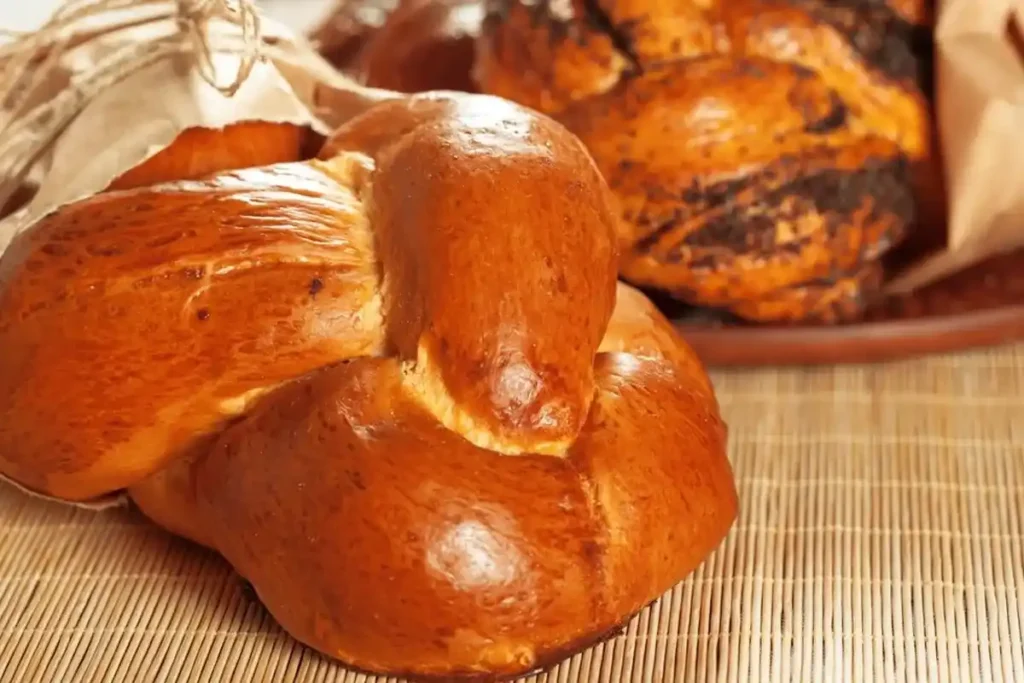
Conclusion
Brioche is more than just an enriched bread. It carries a rich heritage, dating back to old French traditions. Today, it enchants bakers and food lovers around the world, thanks to its delicate sweetness and buttery crumb. Indeed, it fits seamlessly into a variety of culinary settings, from simple breakfasts to elaborate holiday feasts.
This comprehensive guide has explored its origins, demonstrated classic preparation methods, highlighted flavor variations, and provided storage tips. Ideally, you now feel ready to experiment with new brioche creations. Whether you top it with jam or use it as a base for gourmet sandwiches, brioche has the power to transform ordinary meals into memorable occasions.
Ultimately, brioche embodies the perfect balance of indulgence and versatility. By incorporating it into your cooking repertoire, you not only honor a timeless baking tradition but also open the door to countless new experiences. So take the plunge, get baking, and immerse yourself in the enchanting world of brioche!
This unadulterated Brioche such a gem, and if you have attempted it, it would be highly appreciated if you could drop a comment with stars to let me know how it turned out for you! It gives me joy to hear from you – it encourages me to come up with more and more recipes for you guys 😊 Ready, steady, cook! – Emily
You’ll also like
- Banana Bread Recipe with 2 Bananas
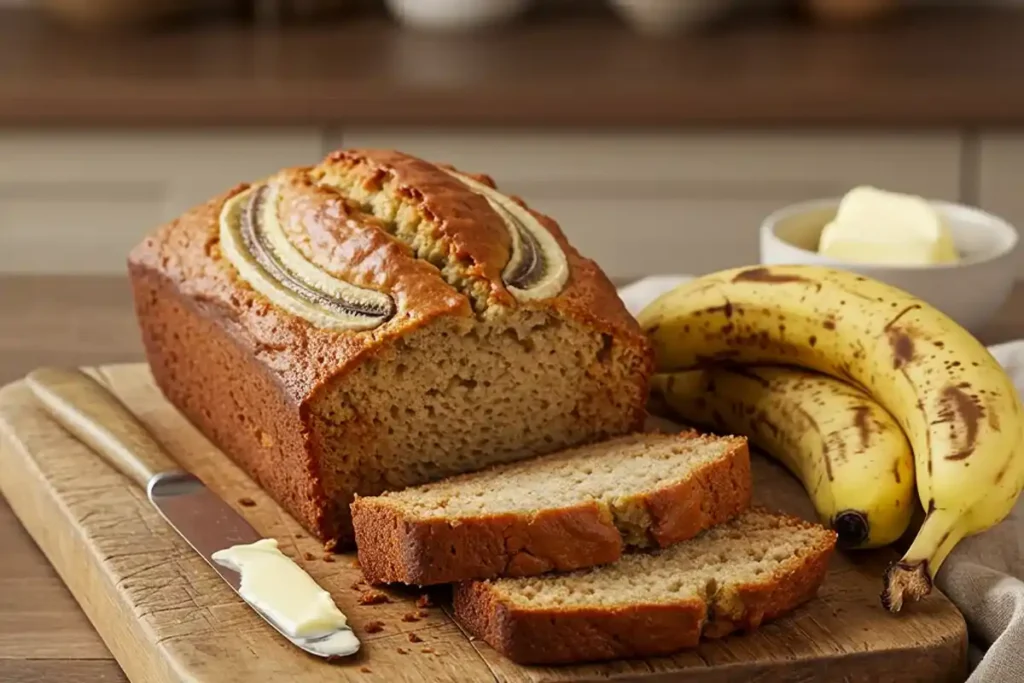
- Delicious Churro Cheesecake Bars Recipe – Easy Dessert Delight!
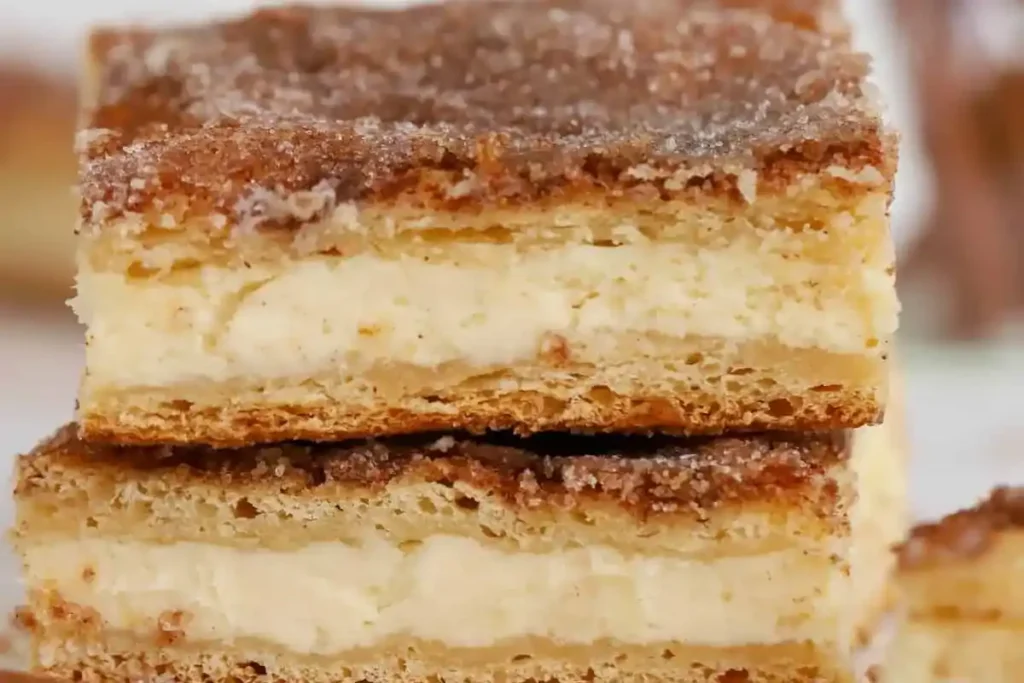
- Sure Jell Recipes: How to Make Perfect Jams & Jellies

- Delicious Steelhead Trout Recipe: A Flavorful Guide

- Ultimate Peach Crumble Recipe: Sweet & Crunchy Delight

- Easy Step-by-Step Brioche Loaf Recipe for Perfect Breakfast Bread

